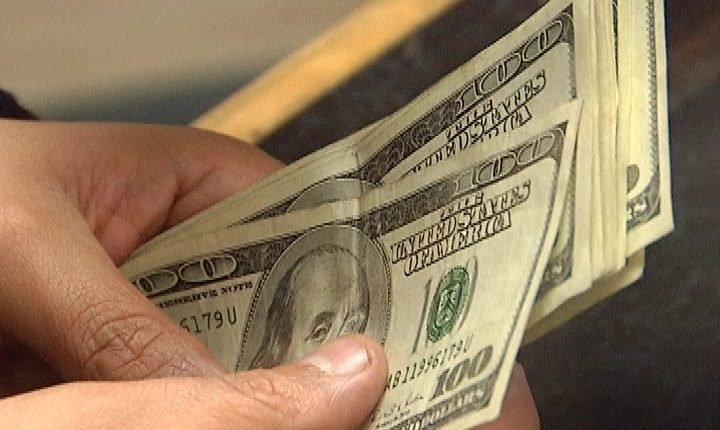

For example, the Series A old peso MXP$20,000 and the Series B nuevo peso MXN$20 banknotes share the same design, aside from the updated face value. The transition was done with minimal confusion by issuing the Series B "nuevo peso" banknotes in N$10, $20, $50, and $100 denominations with designs nearly identical to the corresponding banknote in the preceding Series A, which were labelled in old pesos (MXP $10,000, $20,000, $50,000, and $100,000, respectively) for Series B, the equivalent nuevo peso face value was 1⁄ 1000 of the old peso face value for Series A. One new peso, or N$1.00, was equal to 1000 of the obsolete MXP pesos. On January 1, 1993, the Bank of Mexico introduced a new currency, the nuevo peso ("new peso", or MXN), written "N$" followed by the numerical amount. dollar leapt from MXP 12.50 to MXP 19.40 in 1976, and again from MXP 23 to MXP 150 in 1982, stabilizing only in the early 1990s at above 3,000 MXP/USD when a government economic strategy called the "Stability and Economic Growth Pact" (Pacto de estabilidad y crecimiento económico, PECE) was adopted under President Carlos Salinas. However, after the oil crisis of the late 1970s, Mexico defaulted on its external debt in 1982, and as a result the country suffered a severe case of capital flight, followed by several years of inflation and devaluation. Throughout most of the 20th century, the Mexican peso remained one of the more stable currencies in Latin America, since the economy did not experience periods of hyperinflation common to other countries in the region. dollar was worth MXP 2.00 from 1905 to 1929, rising afterwards until it stabilized at MXP 12.50 from 1954 to 1976. In 1905 the peso was solely defined as 0.75 g fine gold.įrom 1918 onward the weight and fineness of all the silver coins declined, until 1977, when the last silver 100-peso coins were minted.


After most of Europe switched to the gold standard in the 1870s the gold peso substantially rose in value against the silver peso, until it became 2 silver pesos to a gold peso or a gold U.S. The post-independence silver peso contained 27.07 grams of 90.3% fine silver (24.44 g fine) while the gold peso or 1/2 escudo contained 1.6915 grams of 87.5% fine gold (1.48 g fine). The restored Mexican republic under Benito Juarez and Porfirio Diaz continued the minting of centavo coins in base metal or silver, as well as gold coins in pesos, but it had to revert the silver 1-peso coin to the old eight reales "cap-and-ray design" from 1873 to 1897 after East Asian merchants rejected or discounted the newly designed peso coins. While the United States divided their dollar into 100 cents early on from 1793, post-independence Mexico retained the peso of 8 reales until 1863 when the Second Mexican Empire under Emperor Maximillan commenced the minting of pesos divided into 100 centavos. Mexican silver pesos of original cap-and-ray design were legal tender in the United States until 1857 and in China until 1935. These pesos served as a global silver standard reserve currency until the start of the 20th century, and became the model for the various pesos of Spanish America as well as (among others) the United States dollar, Chinese yuan and the Japanese yen. These pesos or dollars were minted from the rich silver mine outputs of modern-day Mexico and Bolivia and exported in large quantities to Europe and Asia. By the 19th century the silver real weighed 3.383 g, 65/72 = 90.3% fine, while the gold escudo's fineness was reduced to 21 karats or 87.5% fine.ġ5-16 silver reales were worth a gold escudo, and eight-real coins of 24.44 g fine silver were widely called pesos in Spanish America and dollars in England and its American colonies.

The currency system in use in Spanish America from the 16th to 19th centuries consisted of silver reales, weight 3.433 grams and fineness 67/72 = 93.1%, as well as gold escudos, weight 3.383 g and fineness 11/12 = 91.7%. Silver peso or 8 reales of "cap and ray" design used for East Asian trade, 1840


 0 kommentar(er)
0 kommentar(er)
